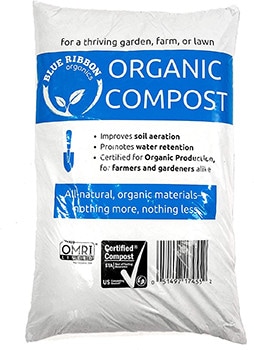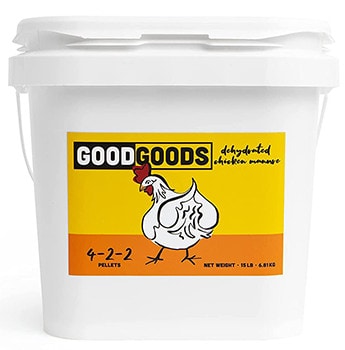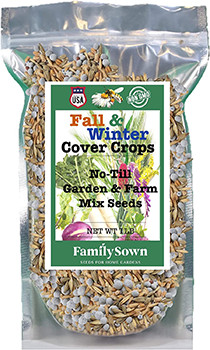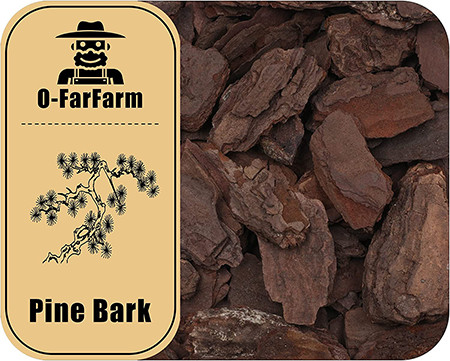What Are the Best Mulches for Apple Trees? 10 Great Options
-
Pete Ortiz
- Last updated:
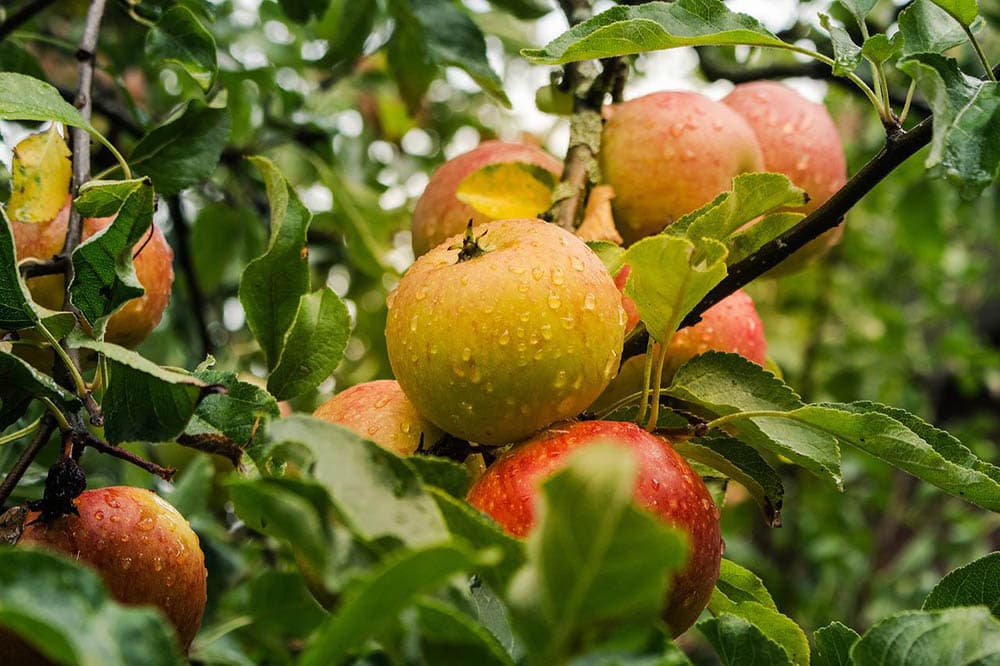
At its most basic, mulch prevents weeds from growing around trees and plants and also helps the soil retain moisture for use by the plants around it. However, if you choose the right mulch, it can do much more than this. It can slowly release nutrients that benefit the tree so that it grows strong and healthy and has the best fruit yield.
Apples are considered one of the easiest fruits to grow but they do benefit from having as much sun as possible and they do require good drainage.
Choosing the right mulch can help you achieve these growing conditions and more, and below, we have included 10 of the best mulches for apple trees to help you choose the one that is best for you.
The 10 Great Mulch Options for Apple Trees
1. Compost
If you’re a keen gardener with an established garden, you will likely have your own compost pile or compost bin, and this can be a great source for your apple tree mulch. Compost breaks down slowly and, as long as you manage your compost pile carefully, it should be packed with nutrients and other beneficial ingredients that will really help your apple tree to become established.
If you don’t have a compost pile of your own, you can buy compost. Use an organic compost that is designed to retain water in the soil.
2. Manure
Manure can be a good mulch for fruit trees, but you need to be picky about the manure you use. If it is fresh manure, it could burn the roots of your tree and do more harm than good. Use well-rotted manure or buy chicken pellets and mix them with soil to create a manure-like mixture that will slowly break down and gradually release nutrients into the soil and roots.
3. Cover Crops
Cover crops are grasses and other plants that grow around the base of the tree. They have a shallow root system which means that they won’t take nutrients or moisture away from the tree, but this root system will also help the soil around the cover crops to retain more moisture for the benefit of the tree.
They also look great and can bring a real meadow-like feel to a garden. Always leave a gap between the trunk of the tree and your cover crops, typically of around six inches.
4. Ramial Mulch
Ramial mulch is as natural as it gets. It is the small branches and other cuttings that you take from your tree every time you prune. Typically, gardeners dispose of these in some way or may use a handful or two to add to their compost. However, the young branches that you prune are rich in nutrients that established trees can benefit from.
Shred the branches and scatter them as mulch around your apple tree, and as they break down and gradually release nutrients, they will benefit your orchard. If you don’t have enough cuttings to create the mulch you need, cover what you do have with compost.
5. Cedar
Compost is a great mulch but rather than prevent weeds from growing, it may actually encourage them. One way to avoid this is to put a couple of inches of compost down and then cover that with half as much cedar mulch. The cedar prevents sunlight from getting to the compost, thereby helping prevent weed shoots from forming and taking over your orchard.
6. Willow
Alternatively, if you have willow trees in your garden, or you have friends and family that prune their willows and don’t know what to do with the waste, you can use this as mulch.
Use a chipper to help break the wood down into small pieces and you can layer this with compost in the same way you would using cedar mulch. Do not use willow from diseased trees, but you can burn the diseased wood and then spread the ash on top of any compost and mulch you do add.
7. Bark
Bark mulch consists of large pieces of tree bark. These do take a long time to break down so your trees won’t be getting the nutrients from the mulch for some time after laying it, but it will still protect from weeds and has moisture retention benefits. It can also be layered with other materials, including those that release nutrients more quickly, so that the trees enjoy ongoing nutrient release over the coming years.
8. Leaf Mulch
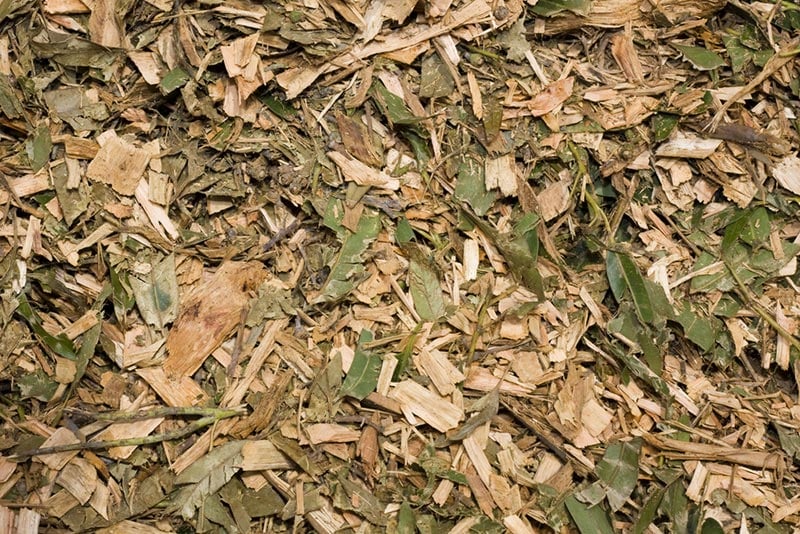
Leaf mulch is another DIY option. When you rake up the fallen leaves from your garden and yard, shred them, gather them in a pile, dampen them, and then cover them and let the microorganisms start to break the leaf material down. It can take up to a year before the leaves are ready but when they are, they will provide nutrients as well as protection.
Avoid any leaves from diseased trees and avoid oak leaves because these take longer to break down than the leaves of other trees.
9. Straw Mulch
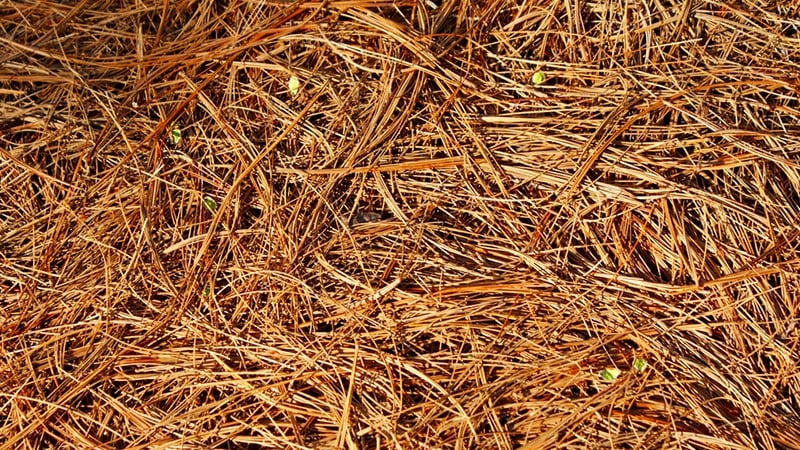
Straw mulch can be beneficial. It does a good job of keeping moisture in the soil and it will eventually break down to provide some nutrients to the trees. However, you need to avoid straws that is filled with seeds or remove the seeds before you lay the mulch down. Also, straw can attract pests including voles so you should avoid using it if you live in an area where they are common.
You can usually avoid laying seeds by grabbing handfuls of the straw and shaking it over the box or in an area away from the trees. The seeds will fall out and you will be left with just handfuls of straw.
10. Shredded Paper
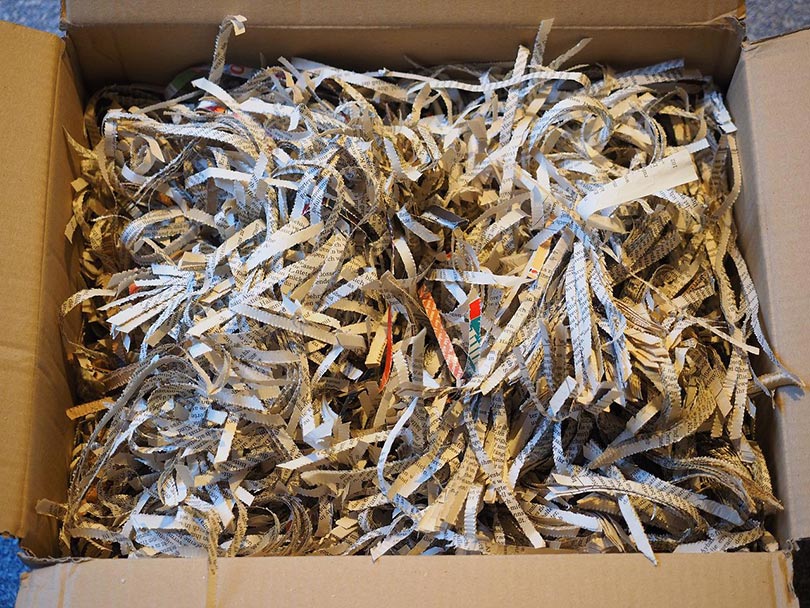
Shredded paper is inexpensive and easy to get hold of. All you need is a home paper shredder and waste paper. Once the paper is shredded, it’s ready to be laid as mulch for your trees. Over time, the paper will knit together to create a mat that works well as a mulch because it prevents weeds from growing and water from evaporating. However, the paper has virtually no nutritional value for your trees, and it can blow around in windy conditions.
Conclusion
Apples are considered one of the easiest fruits to grow and even if you don’t have an apple tree already in your garden, they can be easy to grow and establish. Using mulch, especially one that has the added benefit of providing nutrients to the trees, can help your fruit-growing efforts.
Mulch prevents weeds from growing and also stops moisture in the soil from evaporating. The best approach to mulching an apple tree is to layer the mulch so that you can enjoy the multiple benefits of different solutions.
Related Reads:
- What Are the Best Mulches for Hydrangeas? 5 Great Options
- What Are the Best Mulches for Wet Areas? 3 Great Options
Featured Image Credit: Lichtsammler, Pixabay
Contents


